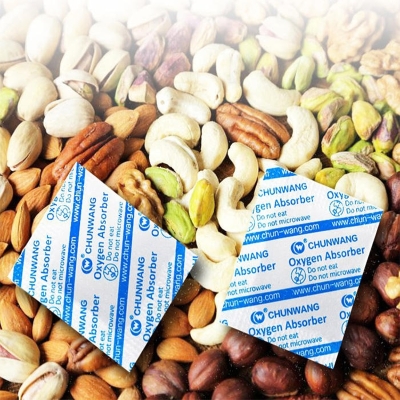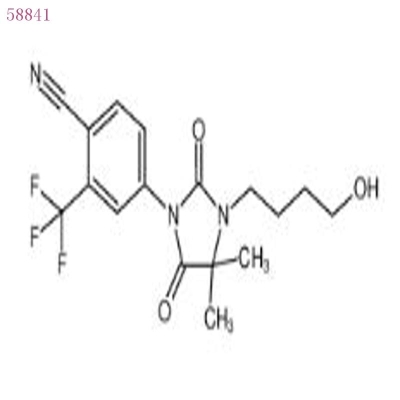-
Categories
-
Pharmaceutical Intermediates
-
Active Pharmaceutical Ingredients
-
Food Additives
- Industrial Coatings
- Agrochemicals
- Dyes and Pigments
- Surfactant
- Flavors and Fragrances
- Chemical Reagents
- Catalyst and Auxiliary
- Natural Products
- Inorganic Chemistry
-
Organic Chemistry
-
Biochemical Engineering
- Analytical Chemistry
-
Cosmetic Ingredient
- Water Treatment Chemical
-
Pharmaceutical Intermediates
Promotion
ECHEMI Mall
Wholesale
Weekly Price
Exhibition
News
-
Trade Service
And shrimp
.
LeeAnn Applewhite believes that although the label error rate was only 20% in 2019, this kind of "fraud" is still a problem in the industry
.
There are products that have been mislabeled intentionally or unintentionally in the market, and “fraud” has affected the aquaculture industry
.
.
There are products that have been mislabeled intentionally or unintentionally in the market, and “fraud” has affected the aquaculture industry
.
Oceana, a non-profit organization, launched a campaign to combat seafood fraud more than ten years ago.
port MoAmong the samples collected by the nitoring Program, one-fifth of the fish tested were mislabeled
.
port MoAmong the samples collected by the nitoring Program, one-fifth of the fish tested were mislabeled
.
The label error rate is showing a decreasing trend, but the epidemic has exacerbated the rebound of this problem
.
"Fraud" behavior is more common in wild seafood
.
.
"Fraud" behavior is more common in wild seafood
.
A report by the United Nations Food and Agriculture Organization (FAO) found that species substitutions and mislabeling are particularly difficult to detect when fish is highly processed into pre-made fish food
.
Some operators worry about this problem and turn to technical testing
.
In 2019, the international feed manufacturer BioMar announced that the company has developed a DNA test for marine ingredients in its aquaculture feed
.
.
Some operators worry about this problem and turn to technical testing
.
In 2019, the international feed manufacturer BioMar announced that the company has developed a DNA test for marine ingredients in its aquaculture feed
.







